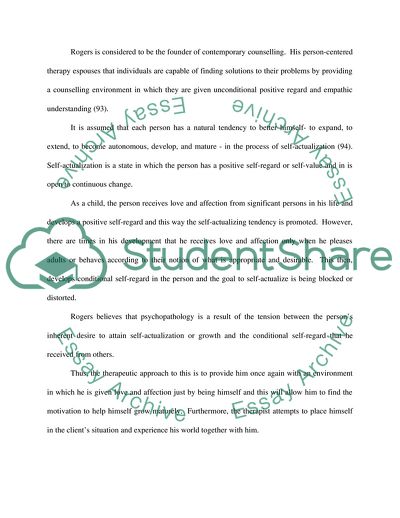Cite this document
(A Critical Assessment of the Humanistic Model of Psychopathology Article, n.d.)
A Critical Assessment of the Humanistic Model of Psychopathology Article. https://studentshare.org/philosophy/1718189-mental-healthphilosophy
A Critical Assessment of the Humanistic Model of Psychopathology Article. https://studentshare.org/philosophy/1718189-mental-healthphilosophy
(A Critical Assessment of the Humanistic Model of Psychopathology Article)
A Critical Assessment of the Humanistic Model of Psychopathology Article. https://studentshare.org/philosophy/1718189-mental-healthphilosophy.
A Critical Assessment of the Humanistic Model of Psychopathology Article. https://studentshare.org/philosophy/1718189-mental-healthphilosophy.
“A Critical Assessment of the Humanistic Model of Psychopathology Article”. https://studentshare.org/philosophy/1718189-mental-healthphilosophy.


